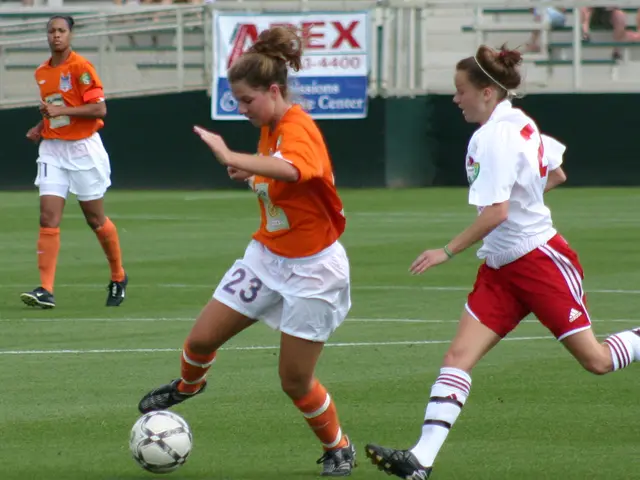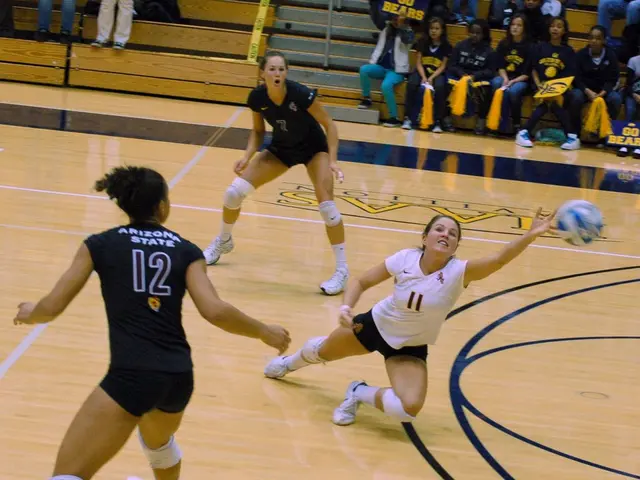Late-Night Bus Crash: Drunk Man's Feet Run Over - Who's Liable? An Examination of the Case
Drunk driver causes commotion on footwalk, squabble ensues over victim's anguish
Casual Read Want to know who's legally responsible when a bus accidentally hits a drunk man sitting on the roadside? Let's dive into a real-life court case that sheds some light on this tricky issue.
After a night of partying, a man found himself in a grim situation. While waiting for a friend on a concrete block by the roadside, he was run over by a bus. Despite having a blood alcohol level of 1.92%, he sued for damages and compensation for his pain and suffering.
The Regional Court awarded him €4,000, but the bus driver and insurance company appealed, arguing the man was mostly to blame. However, the Higher Regional Court Schleswig ruled in favor of the man, stating that the bus driver, responsible for shuttle service at a rural youth event, should have been more cautious and attentive, given the potential for heavy pedestrian traffic and drunk guests.
Key Points to mull over:
- Bus Driver Duty of Care: Drivers of shuttle buses in such situations should be highly vigilant due to the increased risk of pedestrian traffic and inebriated guests.
- Closed Area and Access: The area where the accident occurred, closed to general traffic, might suggest that the bus driver should have exercised more caution. However, if the injured person was there unlawfully, this could impact liability.
- Injured Person's Condition: The man's alcohol intoxication and his placement on a concrete block in a closed area may or may not play a role in determining fault. If the driver could have anticipated the risk of injury, they may be held more accountable.
- Comparative Negligence: If the injured person's behavior significantly contributed to the accident, comparative negligence may be applied, reducing the compensation they can receive.
- Shared Liability: In complex cases, liability might be distributed among all parties, such as the area's maintenance entity if there were insufficient markings or poor illumination.
These factors contribute to determining liability in such accidents, emphasizing the importance of a thorough investigation and possibly legal representation.
References:
- ntv.de
- DAV Verkehrsrechts-Arbeitskreis
Related topics:
- Insurance
- Consumers
- Motorists
- Police
- Legal Issues
- Judgments
- Road Traffic
- Pedestrian Safety
- Intoxicated Individuals
- Nighttime Driving
- Public Transportation
- Shared Responsibility
- Restricted Areas
- Closed Roads
- Witness Statements
- Video Evidence
- Medical Reports
- Legal Proceedings
- Injuries and Compensation
- Sovereign's (Common Carrier) Responsibility
- Traffic Regulations and Enforcement
- The bus driver's duty of care in operating a shuttle bus, particularly in areas with heavy pedestrian traffic and possibly inebriated guests, is paramount in instances like a late-night bus crash.
- The closed area where the accident occurred might have implications for liability, but if the injured person was unlawfully present in the area, it could potentially diminish their claim.
- The intoxicated state of the injured person, combined with his placement on a concrete block in a closed area, may be weighed as a factor in determining fault, particularly if the driver could have anticipated the risk of injury.
- Comparative negligence might be applied in this case, reducing the compensation the injured person can receive if their behavior significantly contributed to the accident.
- Shared liability in complex cases might involve multiple parties, such as the area's maintenance entity if insufficient markings or poor illumination contributed to the accident.
- Legal representation and thorough investigation are crucial for determining liability in cases like a bus crash, involving elements such as insurance, consumers, motorists, police, legal issues, judgments, road traffic, and pedestrian safety, as well as relevant evidence like witness statements, video evidence, medical reports, and legal proceedings.








